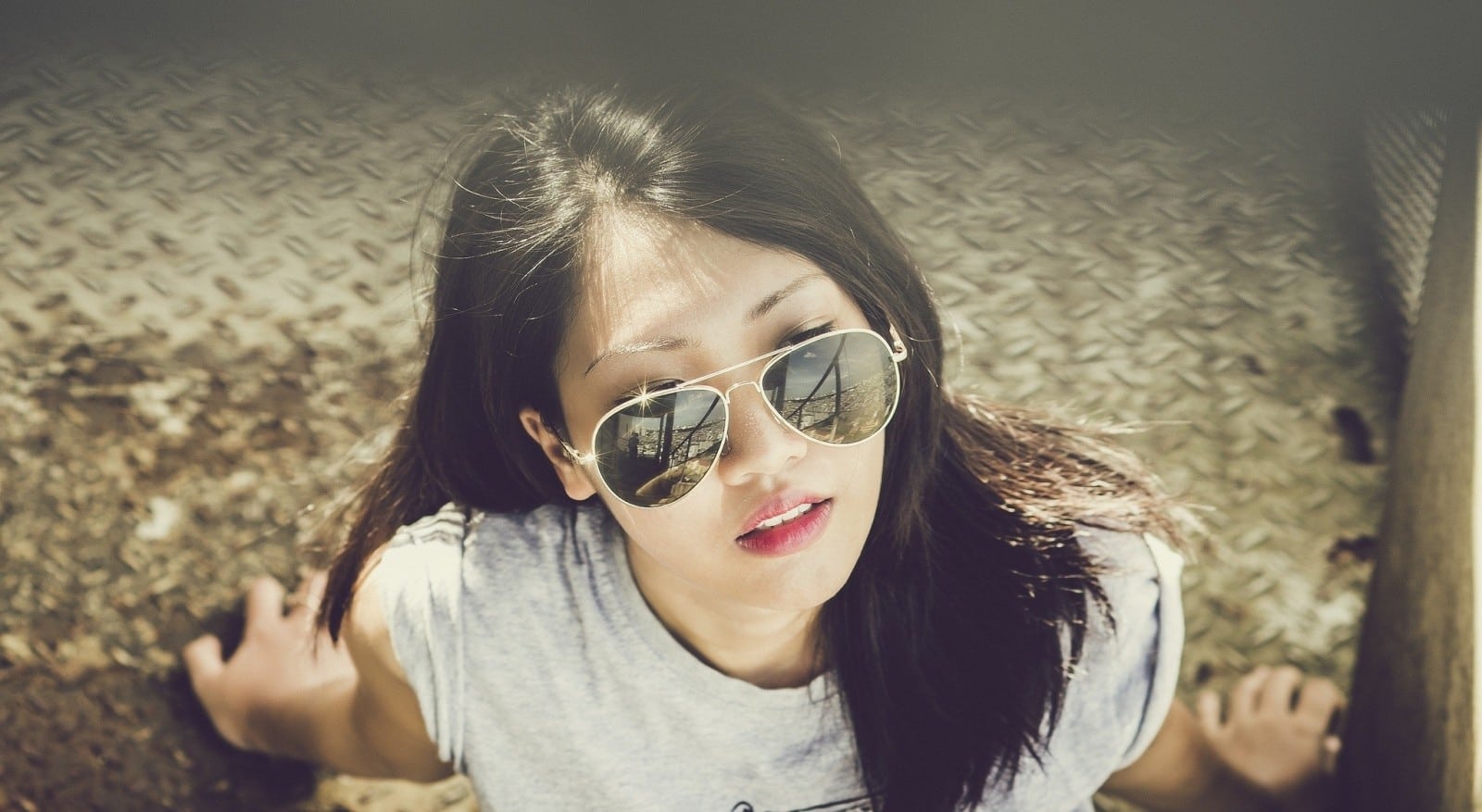How Luxury Travel Is Changing the Fashion Industry
2016年04月12日

In 2015, China produced 120 million outbound tourists—who spent an estimated US$229 billion on shopping overseas, leaving the rest of the world way behind. Their top purchases? Fashion and accessories.
The effect of this wave is serious additional business for luxury fashion brands, which, for several years, have already maintained far higher profits on their products in China—prices there are often 40—68 percent higher than in Europe or the US. Little wonder that the Chinese traveller is on a mission to shop when traveling internationally. (The Japanese have even coined a word to describe this phenomenon: ‘bakugai’ or explosive shopping.)
When Angela Ahrendt was still CEO of Burberry, she insightfully recognized the impact of the ‘traveling luxury consumer’ on the brand’s sales in Europe and the US, and spoke of the need to cater to them directly. Today, major department stores, from Paris’s Galeries Lafayette to Bloomingdale’s in New York, attract the Chinese traveller with a variety of special offers, targeted WeChat marketing campaigns, personal shoppers and translator services. But capitalizing on this demand requires a shift in product and merchandising. In 2014, J. Crew came under fire for introducing 000 and XXXS sizes in its US stores, but the brand had simply made the logical—and smart—decision to tailor to its petite Asian customers.
But travel is affecting the fashion industry in other ways. Increasingly, high-end travel is taking on the traditional role that hard luxury goods have played in rapidly developing economies—that of being a form of social currency, an indicator of one’s socio-economic status. So, today, a skiing vacation to St Moritz or a culinary journey to Japan’s top restaurants is equated with the sort of privilege once reserved for products such as an Hermès Birkin or a Rolex timepiece. Luxury is, in fact, the fastest-growing segment of the travel industry, having jumped 48 percent in the past five years. In 2014 alone, the world population undertook 46 million international luxury trips, worth €172 billion, according to a report by the World Travel Monitor.
Related:wedding dresses perth
Wealthy Asians are increasingly setting new travel trends—after China, India is the world’s fastest-growing travel market. The World Travel and Tourism Council estimates that the 20 million-strong Indian outbound market will touch 50 million by 2020. So it’s no longer surprising to see crowds of Asians in destinations that were once considered the exclusive haunts of European aristocracy or Middle Eastern barons. Young Indian and Chinese millionaires are looking to expose their children to the privileged pastimes of the ‘white elite’—taking them skiing in the Alps and dragging them to the Met and MoMA in summer. Money has, after all, flooded into China and India in the past two decades, coinciding with the opening up of their economies—and the rise in air travel.
The elite are jet setting more than ever, forcing luxury fashion brands to rejig their calendars and strategies to take advantage of those deep pockets. Across the world, luxury travellers are making multiple short trips all through the year, as well as extending business trips into leisure getaways—a concept unimaginatively termed ‘bleisure travel’. The fashion industry has also taken note: after all, Asian travellers looking to shop abroad don’t want to be restricted to boring black and grey winter wear when they’re simultaneously planning to go to Thailand for Christmas or to Dubai for a destination wedding. The rise in resort collections (and significant investments in high-end swimwear and resort brands) is a direct result of this pattern, as is Christopher Bailey’s game-changing announcement last month, of Burberry’s forthcoming ‘seasonless’ collections.
But where luxury travel is heading, perhaps, holds the most fascinating lesson—or warning—for the fashion industry. Just as aspirational consumers evolve and move from logocentric fashion to more discreet, quality items, international travelers are increasingly moving from package holidays to bespoke, authentic, luxe experiences—and away from fashion.
Related:wedding dresses adelaide










